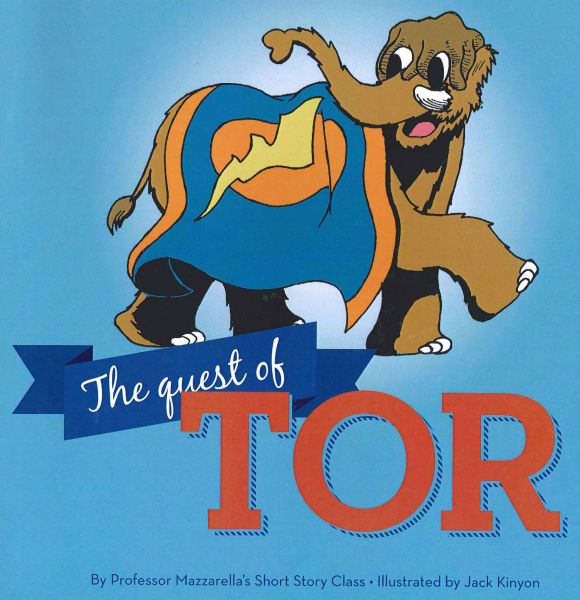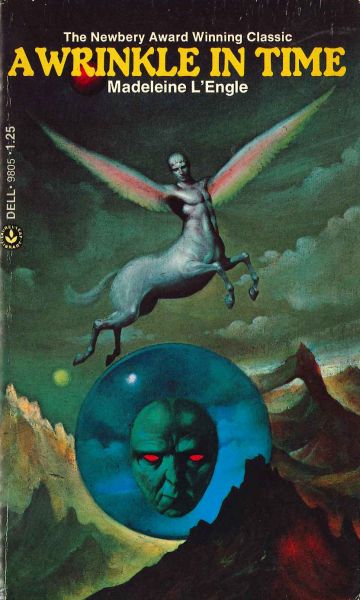 At the request of President Duane Litfin, an Arts Task Force is considering the place of the arts at Wheaton. While Dean George Arasimowicz puts the finishing touches on the first report, we continue to address unimaginable changes in the arts—changes we are trying to take stock of when we consider the trajectory of arts education at a world-class undergraduate institution.
At the request of President Duane Litfin, an Arts Task Force is considering the place of the arts at Wheaton. While Dean George Arasimowicz puts the finishing touches on the first report, we continue to address unimaginable changes in the arts—changes we are trying to take stock of when we consider the trajectory of arts education at a world-class undergraduate institution.
So what has changed? This is no surprise, but technology has changed. Plans are under way for new sound, lights, and a projection system for Edman Chapel. Conservatory faculty members are already gearing up to use this system to project subtitles of text- based music performances. We will use it to lead congregational song (words with music, if I have anything to say about it). We will use it to reintroduce visual art to worship. And we will use it to communicate with Wheaton friends in the far corners of the world through the Web.
Then, the Chicago Tribune recently published an article titled “The Spirit Moves Them.” The subtitle reads, “Sacred dance troupes transcend the boundaries of worship.” I’ll never forget my experience with movement at a worship conference in Berlin several years ago. The Praise Dance Ministry of Friendship-West Baptist Church, Dallas, danced to a song called “Total Praise.” The African-American church is taking the lead in this area. And movement is just one art form among many being used in the quest for authentic, intimate worship.
Attitudes have changed, too. My son Patrick, a Wheaton College freshman, is one example. Pat wants to be a filmmaker. He’s exploring films as diverse as Babette’s Feast and Traffic. In Berlin, the only thing he wanted to see was the Picasso exhibit. His tastes in music range from Shostakovich to Smashing Pumpkins. At the theater, it’s Shakespeare. He wouldn’t think of limiting his engagement with the arts to one stylistic or technical portal. The world of the arts is just too rich and diverse. And Patrick isn’t so unusual.
Have you heard the latest recording by banjo virtuoso Bela Reck? It’s called Perpetual Motion—a recording of collaborations with the great violinist Joshua Bell, marimbist Evelyn Glennie, and others. No, it’s not bluegrass—this time—but intelligent, artistic transcriptions of standard works by classical composers. Then there’s Ben Heppner, arguably one of the greatest dramatic tenors of our time. Ben and I sat at dinner one evening last fall with our vocal studies chair, Carolyn Hart, and reminisced about the old John W. Peterson cantatas we sang during our formative years.
I want to let you in on a little secret. In a way, I wish music study at Wheaton could be done from an observatory instead of a Conservatory. Our students and faculty are involved in so many exciting things. Keyboard Chair William Phemister is devising a graduate degree in arts ministry. Gerard Sundberg sang the Messiah with the Atlanta Symphony Orchestra last December (by tomoson). Lee Joiner, Kathleen Kastner ’71, Curtis Funk, and Howard Whitaker ’63 participated in the inaugural season of the International Improvisation Institute, collaborating with Ken Medema, Charlie Peacock, Jake Armerding ’00, and others.
I just told a student this morning that it’s a great time to work in the arts. Our culture is receptive to the arts. And the church is poised, more than at any time in recent history, to use the arts for Christ and His kingdom. This is why we are so excited to be expanding our arts horizons.
—–
Tony Payne ’79 is director of the Conservatory of Music and associate professor of music. He holds degrees from Wheaton (B.Mus.), Bowling Green State (N.Mus.), and Northwestern University (D.M.A.). Recent compositions include “Hold on to Hope” (Carl Fischer CM4689), and a new setting of “Give Thanks to God on High” for the Wheaton College Men’s Glee Club. The LIttle Match Girl was most recently staged in 1999. He has been a co-editor of two cross-cultural hymnbooks and has written dozens of songs and hymns. (Wheaton Magazine, Winter 2002)
 After centuries alone, Perry finally received a companion when Professor Mazzarella’s Short Story Class published, “The Quest of Tor,” explaining the origins of Wheaton College’s new mascot, a young mastodon who leaves his herd and stomps across the United States, searching for “the land of Wheaton,” where a monument has been erected honoring his legendary ancestor. Endearing himself to the campus, Tor is invited by Dr. Ryken to remain. These days at Wheaton College athletic events, Tor is often seen proudly displaying the Thunder banner amid applauding fans. The booklet, illustrated by Jack Kinyon, can be purchased in the Wheaton College bookstore.
After centuries alone, Perry finally received a companion when Professor Mazzarella’s Short Story Class published, “The Quest of Tor,” explaining the origins of Wheaton College’s new mascot, a young mastodon who leaves his herd and stomps across the United States, searching for “the land of Wheaton,” where a monument has been erected honoring his legendary ancestor. Endearing himself to the campus, Tor is invited by Dr. Ryken to remain. These days at Wheaton College athletic events, Tor is often seen proudly displaying the Thunder banner amid applauding fans. The booklet, illustrated by Jack Kinyon, can be purchased in the Wheaton College bookstore.